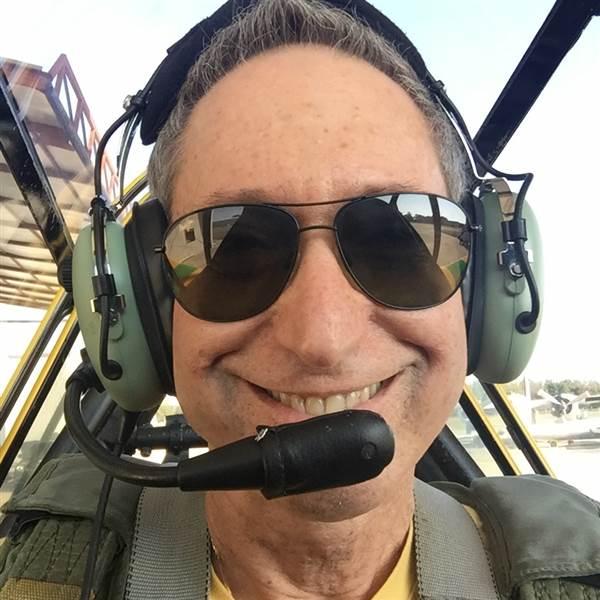Data from the Centers for Disease Control and Prevention (CDC) in 2018 looked at prescription use from 2013 to 2016. The percentage of people who take at least one prescription in a 30-day period was 48 percent, three or more prescriptions was 24 percent, and five or more prescriptions was 12.6 percent.
During the pandemic, the acquisition of prescriptions may be different for some folks and no different for others. The recommendations by the CDC when going to see your physician, receive a prescription, and fill a prescription are simple and easy.
Seeing your physician for a malady or follow-up can be done two ways. Telemedicine has been in existence for many years. The physician, nurse practitioner, or physician assistant can communicate with the patients and see how they are doing physically and mentally. With telemedicine, you can speak with your physician and share signs and symptoms. If a prescription is necessary, the physician can call or e-prescribe a medication to your pharmacy. Going to the physician’s office will require a mask, a scheduled appointment, and knowledge of the social distancing plan for the office visit.
Getting your prescription filled is considered an essential service for all of the folks under a state “Stay at Home Order.” You have three different ways of filling your prescription. If you have a mail-order service through your insurance, your prescription is delivered to your house. I recommend that you wipe down the package with 70% isopropyl alcohol. Going to your neighborhood pharmacy offers three options. The traditional method of going into the pharmacy environs will require social distancing and a mask. I feel that going through the drive-thru pickup area is the best option. Touchless payment is also recommended, using Apple Pay, Google Pay, Samsung Pay, or contactless credit cards. If there is an exchange of cash or credit card, I suggest you disinfect the card and sanitize your hands after the exchange in payment. Call ahead and ask if your pharmacy offers curbside pickup.
Cut down on your trips to the pharmacy by consolidating and economizing your refills. If you are not already doing this, ask the pharmacy for a three-month supply of all medications you take with refills. If you are taking multiple medications, work with your pharmacy to get all your prescriptions at the same time. Always wear your mask when going to pick up your prescriptions.
The World Health Organization (WHO) is comparing treatment options for COVID-19 and is also tracking more than 120 COVID-19 vaccines that have been proposed worldwide. Most of the treatments being used right now are pre-existing medications for a different use, called repurposing. Based on history, hopefully one or two of the vaccines will come to fruition. As you have seen on the news, there is a lot riding on a successful vaccine as soon as possible, but the development process cannot be rushed into the public domain. Once the vaccine has been developed there must be safety and efficacy studies done before administering to the public. This process normally takes up to two years, but usually it is a much longer time frame—up to eight to 10 years! The goal is to have a COVID vaccine ready by early 2021.
International pharmaceutical companies are coming together to develop and produce a successful vaccine, and there are some novel ones being studied. One in particular uses the mRNA of COVID and tells the cells to produce a spike protein like that seen in COVID-19. Our immune cells will create antibodies that theoretically protect us from COVID. This type of vaccine can be studied and produced quicker than a typical one that uses a part of the virus or bacteria to create immunity.
When a vaccine is produced and has been deemed safe and effective after testing, will we have the supplies to produce millions of doses? The companies will need to use glass vials and have enough syringes to administer the vaccine to the world. The folks getting the first doses may be healthcare workers, people over 65, and high-risk people who have multiple comorbidities and diabetes.
Whichever company comes up with the first viable vaccine will have many logistical decisions to make. Who is going to produce the millions of vaccines needed? Who is going to be in the supply chain? Where does it go first? These are just a few of the questions to be answered before getting a vaccine to the public.
A new trial, funded by the WHO, will begin looking at standard care versus standard care plus four different medications (Remdesivir, Chloroquine or Hydroxychloroquine, Lopinavir with Ritonavir, Lopinavir with Ritonavir and Interferon Beta 1-a). Remdesivir is an anti-viral that was recently given emergency use status in hospitals throughout the world. Chloroquine and Hydroxychloroquine are anti-malarial medications. Ritonavir and Lopinavir are HIV medications. The trial, named Solidarity, will involve over 100 countries. Each patient will be advised of the risks and benefits of the trial. Once consent is given, a therapy will be assigned while the physicians and patients will be blinded on what therapy the patient will be given. Information will only be collected upon randomization and at discharge or death. The size of the study, based upon number of patients studied and the shorter time frame, will provide investigators with considerable statistical data to determine efficacy and safety.
My thoughts and prayers are with you all each day. It is my honor to be able to communicate and educate you on the latest investigational treatment medications for COVID and your chronic medication therapies. Be mindful of your health and the recommendations of the CDC. This virus impacts everyone in one way or another. Please stay the course, wash your hands with soap and water, and mask when going outside. Your life is priceless.






